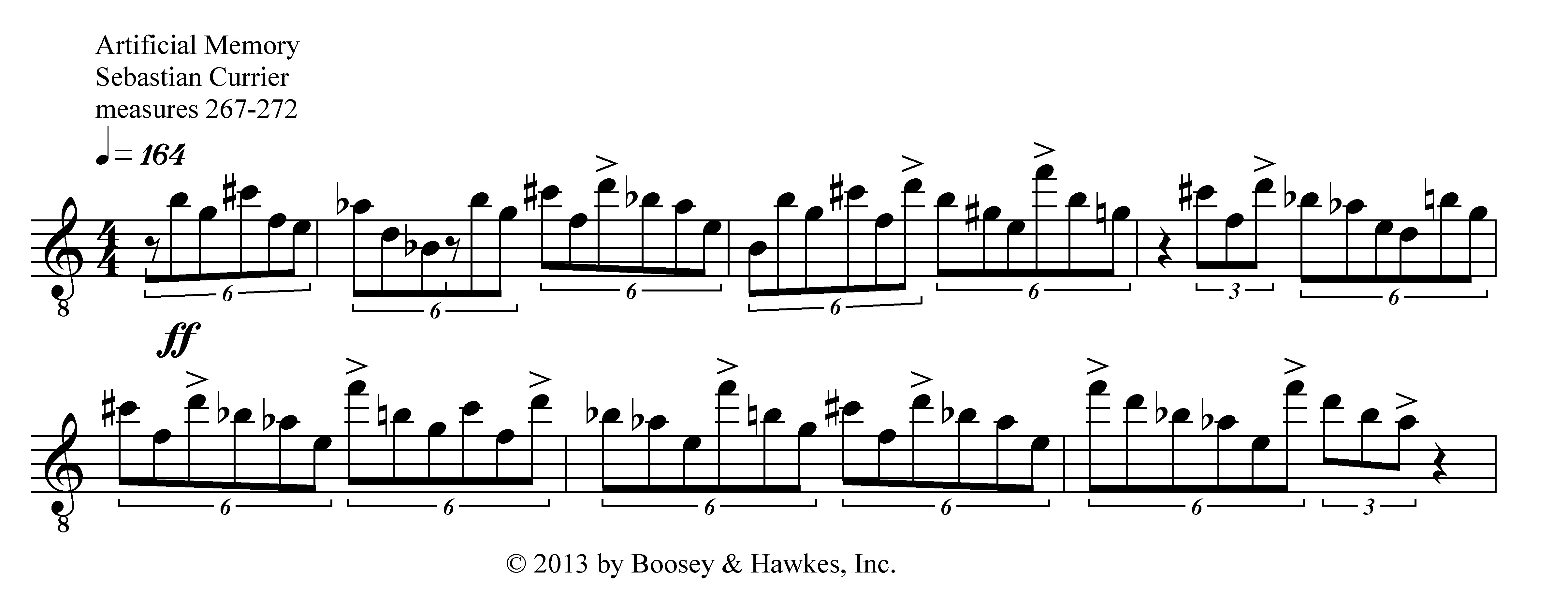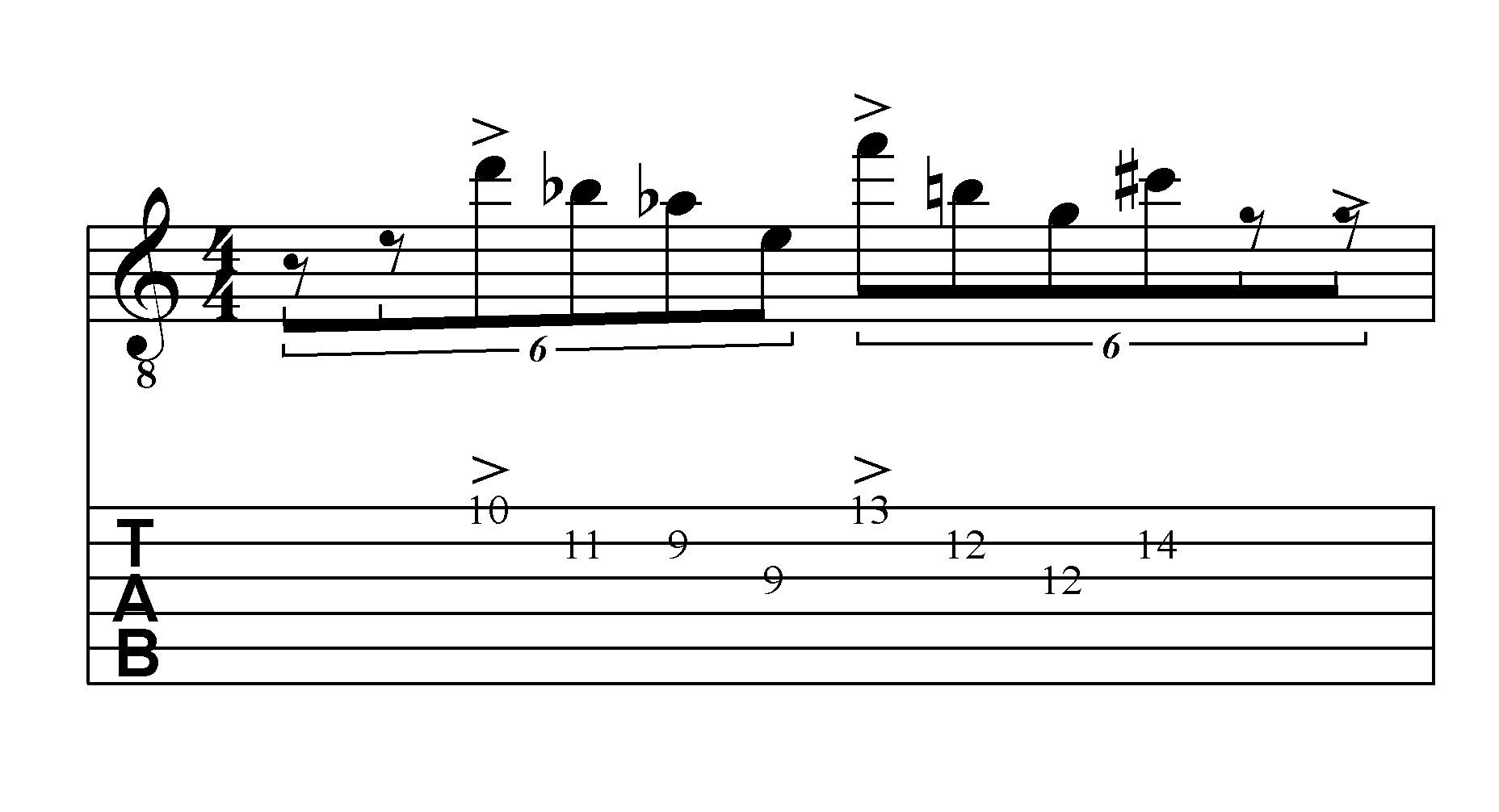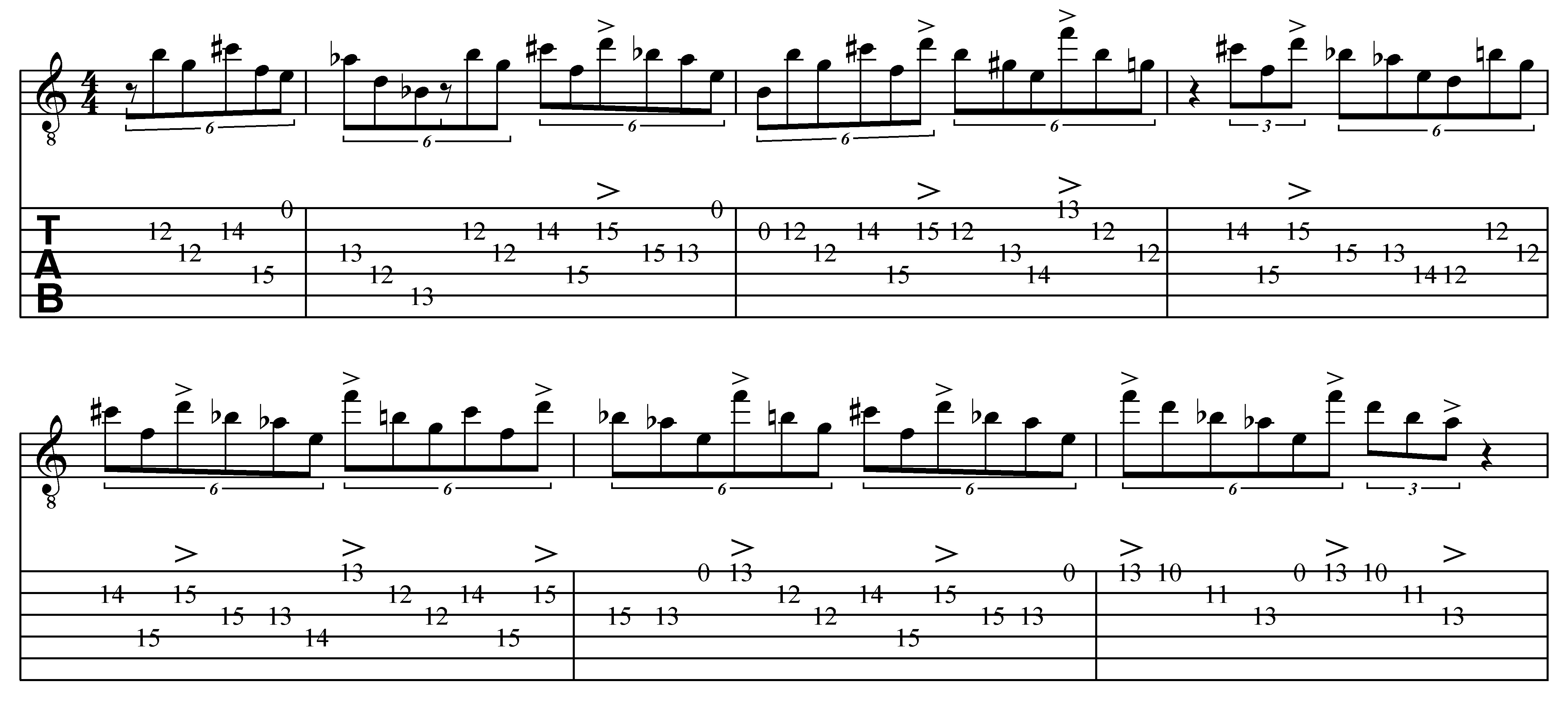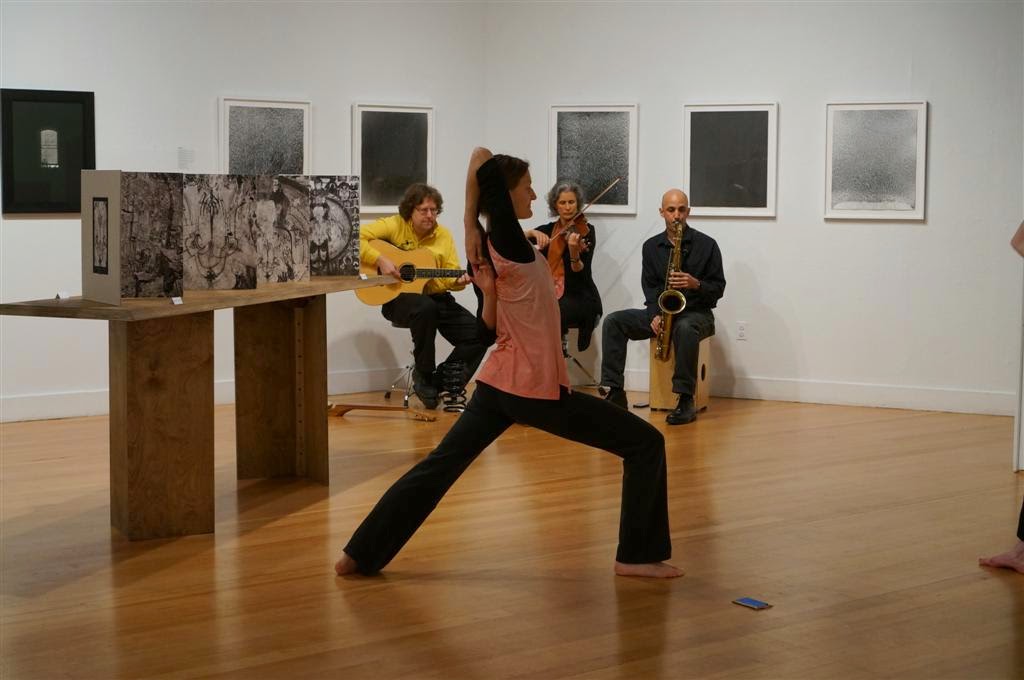Hubert Sumlin died last month. He was Howlin’ Wolf’s guitarist from the time Wolf came to Chicago around 1954 to his last performances in the mid ’70s. Those twenty years on the road, in the clubs and on record are unrivaled – this was the deepest, hardest blues.
They were one of the greatest pairings in music – the great seer and his loyal protoge. I can’t think of too many parallels – John Gilmore and Sun Ra, or Ellington and Johnny Hodges, except they had many great soloists in their groups. Monk and Charlie Rouse, but Rouse was with Monk for less than ten years, and it wasn’t Monk’s greatest period. Sonny Rollins and Bob Cranshaw, but Cranshaw isn’t a soloist.
He was, to my mind, the happiest of blues guitarists. The feeling that emanates from his playing is different from the tortured, dark night of the soul blues of Otis Rush, or the searing passion of Buddy Guy and Magic Sam. Sumlin is giddy, bubbling over with enthusiasm. Great as they are, Guy and Rush were very much coming out of B.B. King’s. Sumlin’s sound is instantly recognizable, and totally original. His strings sound like skinny electrical wires that might overload with current at any moment. He like the “out-of phase” sounds of two single coil pickups, and he often played cheap Italian-made electric guitars. He wasn’t from the “milk a few notes” school of Albert King. He played with his fingers, like a lot of bluesmen, but his attack and vibrato were very pronounced and distinctive.
Perhaps his finest moments were in the series of (mostly Willie Dixon-penned) hits Wolf had in the early 60’s: 300 Pounds of Joy, Built For Comfort, Hidden Charms, I Walked All The Way From Dallas. This is Wolf at his most entertaining, even charming – a world away from the dark undertones 50’s era songs Smokestack Lightning, or You Gonna Wreck My Life. Sumlin’s playing on these sides is magic. When Wolf sings “I’m so glad, you understand, I’m 300 pounds of muscle and man” on 300 Pounds Of Joy, Sumlin’s repeated chord stabs are so funky, so galvanizing, just thinking about them now gives me goose bumps. His solo on on the uptempo Hidden Charms is delirious, joyful and so damn fun.
*******
Like so many white kids past and present, the love I had at 13 for Led Zeppelin, the Allman Brothers, and the Rolling Stones turned into ravenous desire by age 16 for all things Robert Johnson, Son House, Muddy Waters, Howlin’ Wolf, and B. B. King.
As with all my other musical obsessions throughout the years, I found a mentor. This has always been my modus operandi from day one, regardless of musical genre. My blues mentor was Twist Turner and he was one of the greatest people – and biggest characters – I have ever met.
I met him at Seattle’s Bumpershoot Festival in the early 80’s. We were in the large auditorium to hear Koko Taylor, followed by Buddy Guy and Junior Wells. (Except no Junior Wells, which went unremarked until someone in the audience shouted “Where’s Junior?” “He missed the flight,” deadpanned Buddy Guy.) Twist was directly behind my friend Fletcher and me, sitting with Blackie Jo James, a local blues singer I had seen. I think I turned around to ask her a question about Koko Taylor’s guitarist – to me Blackie Jo James was a real blues celebrity. She replied “You should ask this guy,” indicating Twist, “he played with him for years.”
Twist Turner had a diamond in his front tooth, a full length fur coat, and carried a pistol. I am not making this up. He was a drummer who had grown up in Seattle and moved to Chicago the day after he graduated from High School, to play the blues. That was maybe fifteen years ago, and he was temporarily back in Seattle, living in his dad’s basement, trying to figure out what came next. He had released a couple of 45’s of his own songs, on his own label, in Chicago, which had gone nowhere. He had played a million gigs around Chicago, and on the road around the Midwest for $50 a night. He was white, but if you talked to him on the phone, you would have swore he was black. This could sometimes be awkward, when he showed up for a gig he had been hired for by someone he’d never met.
I spent a lot of time with Twist in his dad’s basement, listening to records, playing the blues, and hearing incredible stories of life in the blues trenches (the time a blues singer pulled a pistol and shot a rat in his apartment, the time someone’s girlfriend was hailing a cab completely naked, the bass player who could only play a medium shuffle…). He was extraordinarily kind to me. I went to most of his local gigs, standing out in front of the clubs because I was too young to get in, often in rather skanky neighborhoods. Once I sat in with his group, playing electric guitar out in front of the Pioneer Square club with a cable running from the sidewalk through the window to the stage. Once I was listening to Twist from the entrance to a bar and I was mistaken for a doorman by some tourists who inquired after the cover charge. I collected six dollars from them.
During the couple of years that he was back in Seattle (this is around 1982-83) Twist sometimes set up gigs for former employers and colleagues he had worked with in Chicago. I saw pianist Sunnyland Slim in this way, and I met and played a little with Hubert Sumlin. I spent the afternoon with Sumlin at Twist’s dad’s house. I don’t remember why I wasn’t able to go to the gig they played that evening; perhaps it was out of town, or maybe I had a family commitment.
He had probably had a couple drinks by the time I got there, in the early afternoon. He was very silly, very animated, and with a child’s utter spontaneity. We played together, on unamplified electric guitars, sitting on the shag carpet in the basement, almost knee to knee. We played for perhaps ten minutes, trading blues chorues. “Play what you feel, man!” he exhorted me. With a teenager’s chutzpah, what I “felt” was a Thelonious Monk-inspired emphasis on dissonance, minor seconds and tritones. He was unfazed by this, took it in stride. I was very familiar with his playing by the age of 16, had learned all of his parts on the classic Wolf records: Killing Floor, Forty-Four, Evil, How Many More Years. In my mind there was a link between Sumlin’s gloriously personal eccentric thumb and finger style and the piano playing of Skip James, Monk and even Cecil Taylor, who I had just discovered. I thought I would make the point evident to him – which of course makes me roll my eyes now.
Etched in my mind forever is the backward somersault he did, while playing, on that shag carpet. It came out of nowhere, and it was beautiful. He was exageratedly expressing enthusiasm for something I played, goofily pretending to be bowled over. I think my mouth was hanging open when he came up still playing and laughing. He laughed a lot.
I remember he talked about hearing Howlin’ Wolf as a teenager outside of a juke joint, standing on some crates to look into a window, because he was too young to get in. The story made an impression on me because I was already familiar with it from reading interviews with Sumlin. Here I was with one of musical idols, and I was thinking “Yes, yes, I know, I’ve heard this story before!” like he was my uncle or something. I remember too he managed to speak several times of his great fondness for sexual intercourse, although not in those terms.
So, that’s my Hubert Sumlin story. The meeting I had with him lasted maybe a couple of hours. But the hours I’ve spent listening to him on record and watching video tapes of him and Wolf could fill weeks. He gave me a lot of joy.





